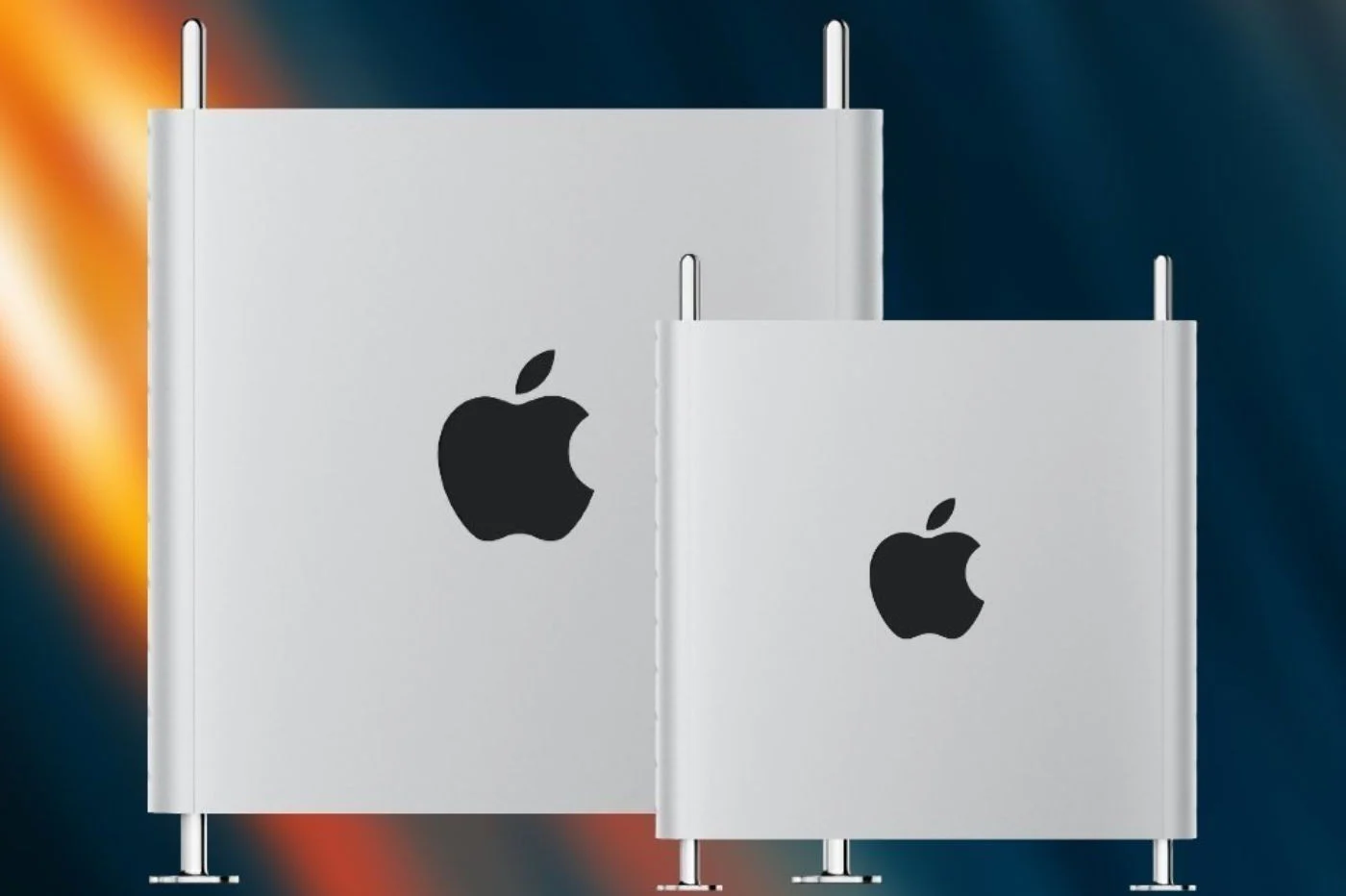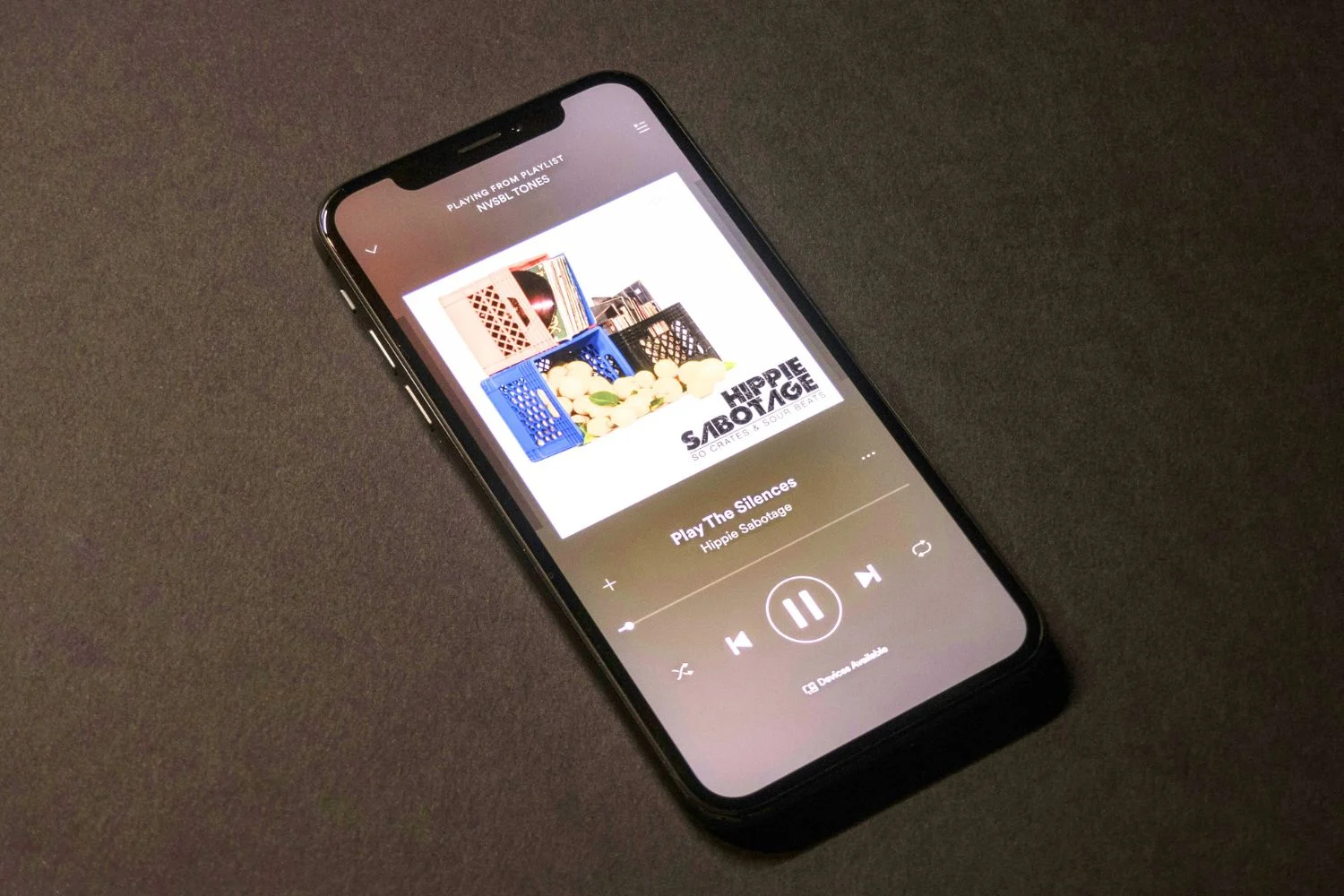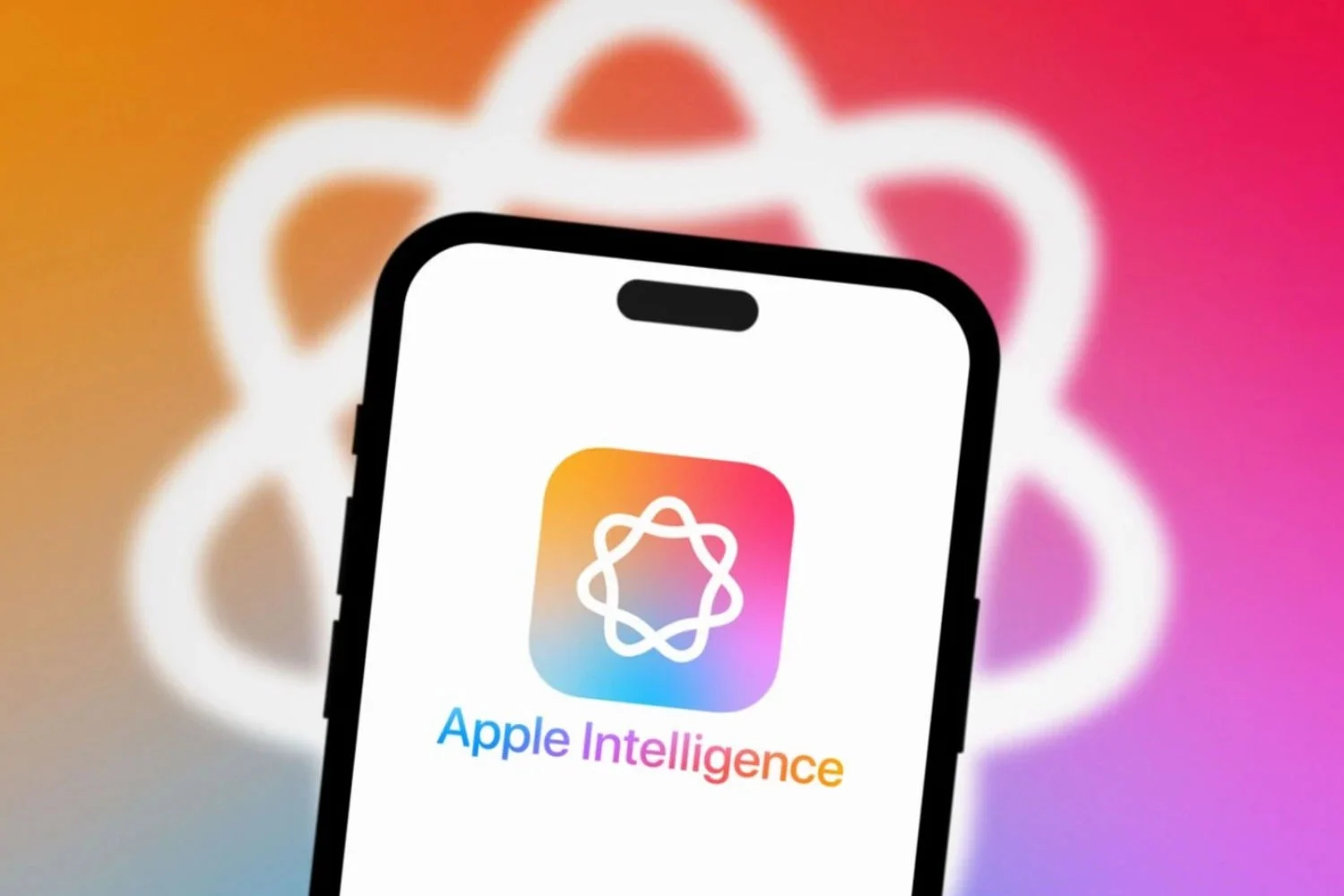The two nanometers are on the way
According to new information just published, TSMC has already demonstrated its two-nanometer fine engraving process. As a reminder, and for comparison, the iPhone 15 Pro and iPhone 15 Pro Max are today powered by the A17 Pro chip, engraved in “only” three nanometers. As for the iPhone 15 and iPhone 15 Plus, the latter are entitled to the same motherboard as that which equipsthe iPhone 14 Pro and the iPhone 14 Pro Max: the A16 Bionic (four nanometers). The transition to two nanometers would therefore be a pure and simple record for the American range, which would also benefit from it for its Apple silicon range for Macs.
To try to see more clearly following this leak, it may be wise to look into its source. This is theFinancial Times, English-speaking media followed very closely by many professional investment specialists. A relatively reliable source, not only because of its success rate in terms of proven estimates but also because of its history. Since its creation in 1888, the London media has already attracted hundreds of thousands of readers in Europe and across the Atlantic, notably defending an editorial line favorable to free trade.
To return to thetwo nanometers, you should know that this technology has a significant advantage: that of energy saving. In fact, the finer the engraving process, the lower the electricity consumption – according to industry averages.
For which smartphones?
According to information fromFinancial Times, it is from2025that engraving technology with a precision of two nanometers would appear on Apple mobiles. Until then, it is probably the iPhone 17 Pro and the iPhone 17 Pro Max which will be entitled to it. The names of these next models of course remain to be confirmed, but the calendar, for its part, is straight out of Ross Young's Twitter account.
Ross Young is a relatively renowned analyst when it comes to predicting the future of the Apple firm. The specialist has notably published a rather clear agenda of upcoming mobiles from Cupertino. Judge for yourself; we discover, at the same time and with a certain precision, the deployment schedule of the newunder-screen camera systemsimagined by Tim Cook's company. As a reminder, many other manufacturers have already tackled the subject, notably the Chinese Oppo or the Korean Samsung.
So weird. How about now?pic.twitter.com/7g9eOhJIet
— Ross Young (@DSCCRoss)April 3, 2023
Always regardingiPhone 17 and iPhone 17 Pro, there is almost no doubt that these models will be powered by an even more powerful chip than the one present under the hood of the iPhone 15 Pro and iPhone 15 Pro Max today. We can also bet that the RAM will (finally) be upgraded in the face of the competition, but this remains to be proven, as Apple's habits tend to rely on scores well below the sector average, most of the time...
A question of performance
Despite everything, it is good to remember that in the eyes of general public users, two, three, four or even five nanometers do not change much in terms of raw power. It is therefore difficult to detect the slightest difference in velocity – provided, of course, that the same code is evaluated.
And for good reason:today's apps and websites already require much more energy and bandwidth than in 2020, date when the iPhone 12 and iPhone 12 Pro landed on the high-end mobile market. Devices equipped with the A14 Bionic chip, engraved with a precision of five nanometers.

i-nfo.fr - Official iPhon.fr app
By : Keleops AG






